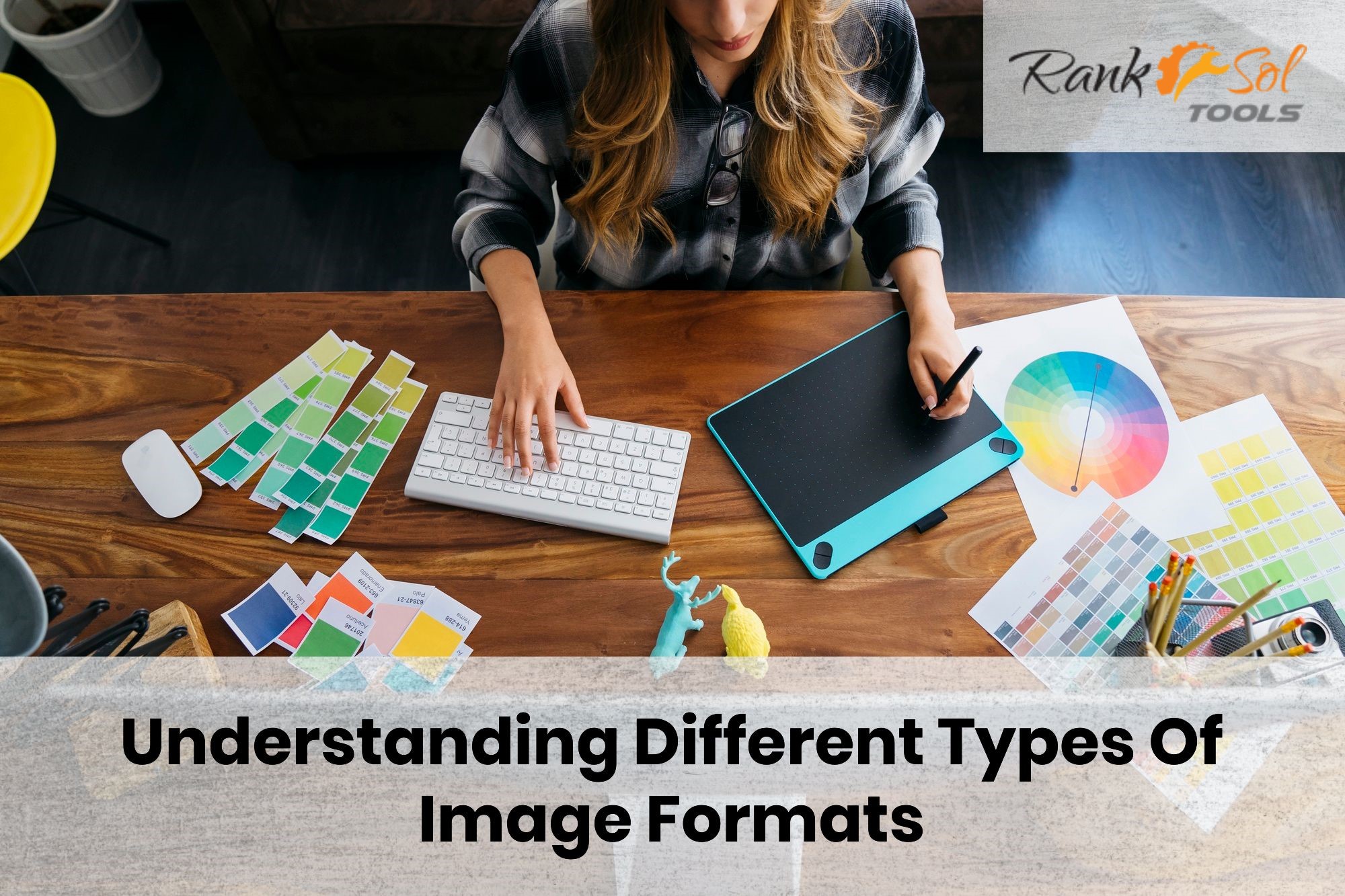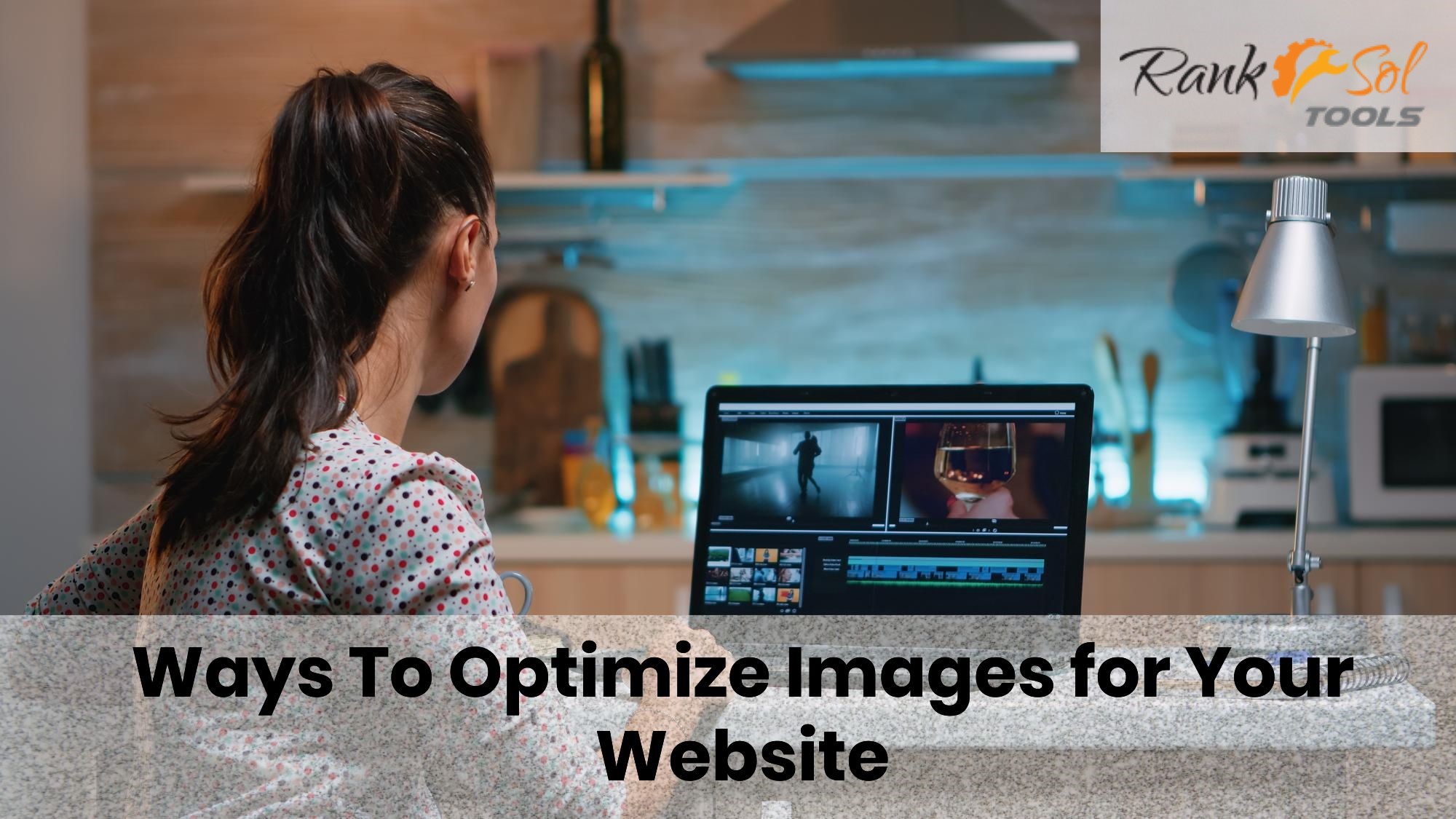
Understanding Different Types Of Image Formats

Different Types Of Image Formats
Images are an essential part of modern digital communication, and there are many different image formats available for use. These formats differ in the way they compress and store data, and each has its own strengths and weaknesses. Understanding the different types of image formats can help you choose the best format for your needs and ensure that your images are displayed correctly.
The most common image formats are JPEG, PNG, GIF, and BMP. Each of these formats has its own unique characteristics that make it ideal for specific types of images.
1. JPEG
JPEG (Joint Photographic Experts Group) is a lossy compression format that is widely used for photographs and other images with many colors. It is the most common format utilized on the internet, and it is supported by almost all web browsers and image editing software. The compression used in JPEG reduces the file size of the image, but it also slightly reduces the image's quality. JPEG is best for photographs and other images with many colors, but it is not suitable for images with sharp edges or text, as the compression causes the edges to appear jagged.
2. PNG
PNG (Portable Network Graphics) is a lossless compression format that is used for images with transparent backgrounds, such as logos and icons. PNG supports transparency and is often used for images with sharp edges, such as text and logos. The compression used in PNG preserves the quality of the image, but the file size is generally larger than JPEG.
3. GIF
GIF (Graphics Interchange Format) is a lossless format that is used for simple graphics and animations. GIF supports animation and is often used for small, animated images on the internet. The compression used in GIF preserves the quality of the image, but it is limited to a maximum of 256 colors, which makes it unsuitable for photographs and other images with many colors.
4. BMP
BMP (Bitmap) is a lossless format that is used for images on Windows operating systems. BMP is a native format for Windows, and it is supported by most image editing software. BMP is a good choice for images that will be used on a Windows operating system, but it is not widely supported on the internet and is not an ideal choice for web images.
There are also some other image formats that are not as commonly used but still have their own unique characteristics.
5. WebP
WebP is a format that was made by Google that aims to provide a smaller file size while maintaining similar image quality as compared to other popular image formats such as JPEG and PNG. This format is based on the VP8 video codec, and it uses a combination of lossless and lossy compression techniques.
WebP supports transparency and animation, similar to PNG and GIF, making it a great option for these types of images. It also provides 24-bit RGB color and support for ICC color profiles and XMP metadata, making it suitable for high-quality images.
6. TIFF
TIFF (Tagged Image File Format) is a lossless format that is used for high-quality images, such as photographs. TIFF is often used for images that will be printed, as it supports high resolution and a wide range of colors. TIFF images are larger in size than JPEG or PNG images, which makes them less suitable for use on the internet.
7. SVG
SVG (Scalable Vector Graphics) is a vector format that is used for graphics and icons. SVG is a text-based format that uses XML to describe the image, which makes it easy to edit and scale. SVG is best for graphics and icons, but it is not suitable for photographs or other images with many colors.
Online Image Converters
Online image converters are programs that enable users to convert photos from one format to a different one without installing any program on their devices. These tools are available for free and can be accessed easily through a web browser. They are a useful tool for anyone who needs to convert images on a regular basis or for those who do not have access to image editing software.
One of the main benefits of a free online image converter is its convenience. These tools can be accessed from anywhere with an internet connection, and they do not require any additional software or hardware. This makes them a great option for those who are on the go or for those who do not have access to image editing software.
An advantage of using our free online image converter is its ease of use. This tool is designed to be user-friendly, and they often have simple and intuitive interfaces. This makes it easy to navigate and use, even for those with little to zero experience in image editing.
The most common types of image formats that can be converted using our online converter are JPEG, PNG, GIF, BMP, and WebP.
Conclusion
In conclusion, understanding the different types of image formats is important when working with images. Each format has its own unique characteristics, and choosing the right format can make a big difference in the quality and file size of your images. JPEG is best for photographs and other images with many colors, PNG is best for images with transparent backgrounds and sharp edges, GIF is best for simple graphics and animations, and BMP is best for images on Windows operating systems. For high-quality images, TIFF is a good choice, and for graphics and icons, SVG is a good choice. Understanding the different types of image formats will help you choose the best format for your needs and ensure that your images are displayed correctly. To change formats, you don't need to install software or pay anything; just use Rank Sol Tools Image editing Tools for free.


.webp)
 (1).webp)
.webp)
